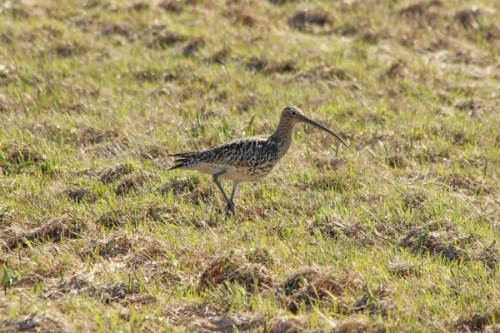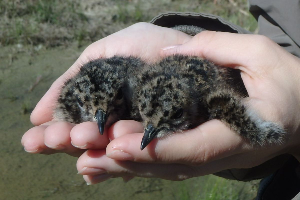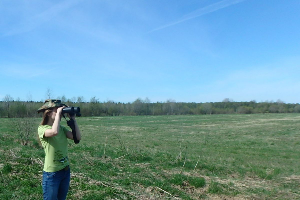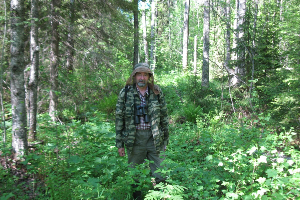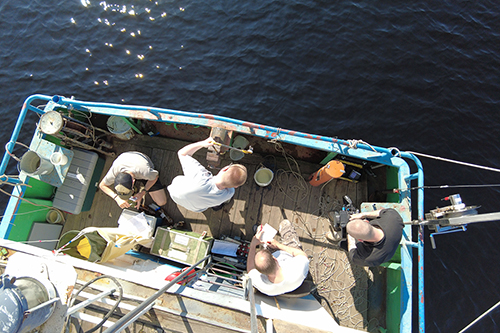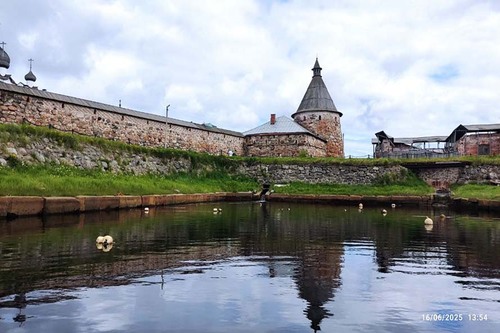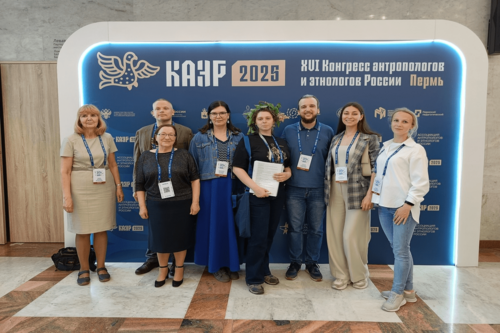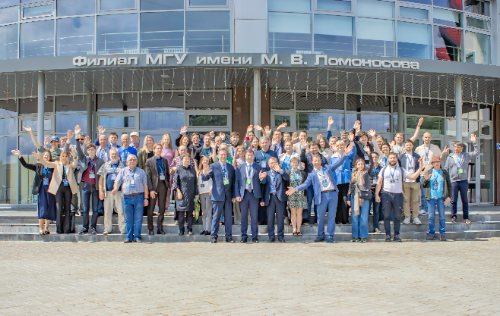The Eurasian, or Common, Curlew (Numenius arquata) is a rare wading bird species, red-listed in Russia and Karelia. The International Union for Conservation of Nature (IUCN) lists it as Near Threatened. The status of the Eurasian Curlew in northern Russia is poorly studied. Karelian ornithologists have been conducting regular observations of Eurasian Curlews in Olonets grasslands since the 1990s. Common Curlews are migratory birds. The grasslands harbor both resident birds, i.e. birds that build nests and rear their young here, and birds of passage, who use the fields to stop over on their way to the north.
This year, within project ¹23-24-10049 supported by the Russian Science Foundation, monitoring outputs from 1999-2023 were summarized. The results of the study were published in Nature Conversation Research. Analysis of the information revealed a steady decline in numbers. Thus, counts along walking transects showed a 34.4% decrease in total spring numbers of Eurasian Curlews in the Olonets grasslands. At present, the local breeding subpopulation of Eurasian Curlews is 100-300 pairs, while the number of migrants is 150-2500 birds per year.
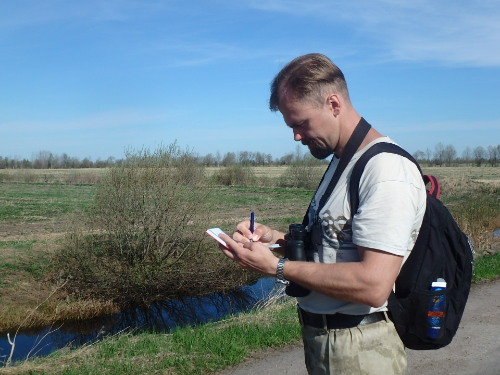
Ornithologist Sergey Simonov doing a bird census. Photo from the scientist’s personal archive
The study did not reveal any particular reason for the abundance decrease. It would be wrong to say that the population size is affected only by the intensity of grassland use, grass burning or nuisance during spring goose hunting. Even though these factors are significant too, the negative trend is also driven by climate change. Thus, Curlew numbers correlate directly with local weather conditions: population densities were lower in warmer spring seasons. Other global processes along flyways or in wintering areas, including infections or increased use of wind farms, are also likely to have an impact on birds.
– We predict that Eurasian Curlew numbers in Olonets grasslands may plunge to a minimum in the coming 30–40 years and the species will classify as endangered. To prevent this, a set of actions is needed to conserve the habitats suitable for breeding of Eurasian Curlews. It should include strengthening the conservation regime on Olonets grasslands, preferably by establishing a high-status protected area, as well as environmental education and awareness-building, – related Sergey Simonov, Senior Researcher at the Institute of Biology KarRC RAS.
Olonets grasslands are important for other bird species as well. To wit, as a recent study by Karelian ornithologists has shown, the breeding population of the Lapwing there is regarded as quite large for European Russia. Although Lapwing numbers are not yet declining in this area, severe population declines have already been recorded in our country and Europe as a whole. The abundance of these birds has dropped by 30-49% in 27 years. It is therefore important to conserve places like Olonets grasslands, which act as a sort of refugia for birds.
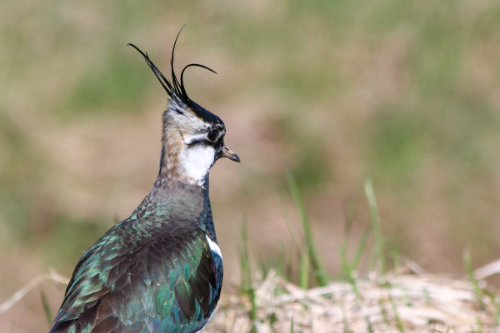
Lapwing in Olonets grasslands. Photo by M. Matantseva / IB KarRC RAS
In 2022, scientists already reported on the detrimental impact of intensive hunting on the behavior and numbers of geese in Olonets grasslands. Researchers argue that the current conservation status of the Olonets migratory bird stopovers does not match their value, national and international significance for the conservation of European populations of geese and other birds of passage.
“To counteract the negative trends for the staging birds, in addition to establishing a protected area, it is necessary to ban hunting in most of the wetlands that geese use for overnight stay. It is also necessary to change the timeframe of spring goose hunting, opening it in the Olonets and other districts of southern Karelia from May 6 to 15. This would reduce the hunting pressure on the Greater White-fronted Goose and Bean Goose and allow more intensive use of the Barnacle Goose, for which a significant increase in numbers on passage has been noted over the years of monitoring”, – note the authors of an academic article in a Bulletin of the Goose, Swan and Duck Study Group of Northern Eurasia.
Photos from archives of researchers from the Institute of Biology KarRC RAS




